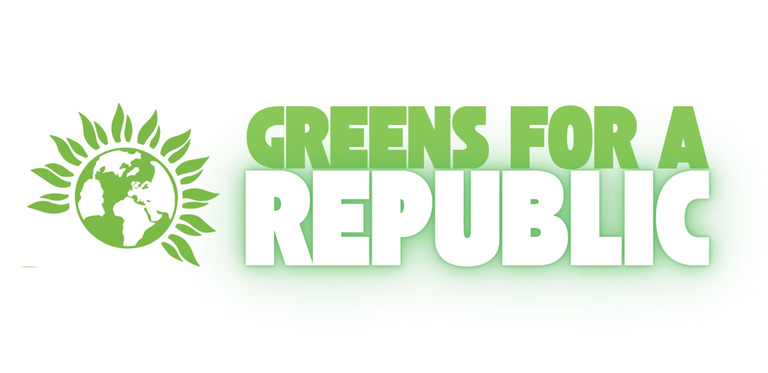Remember the Fallen, Not the Figurehead
Media reporting on important events such as Remembrance Day should be about the victims, not who shows up at the Cenotaph.
11/9/20252 min read
Headlines starting with ‘King leads tributes’ are wrong. Whose sacrifice are we remembering anyway?
1. Purpose of Remembrance
Remembrance events, like those on Remembrance Sunday or Armistice Day, are meant to honour those who died in wars and conflicts — the war dead. The focus is supposed to be on their sacrifice, and on reflection, gratitude, and peace.
2. Media framing and focus
When news articles lead with headlines such as “The King leads the nation in remembrance” or focus heavily on the King’s role (or any public figure’s role), it shifts attention away from the actual purpose of the day. The coverage becomes about Charles, his presence, his speech, his health, his attire — rather than the people being remembered.
3. Symbol vs. substance
Charles participates as a representative of the nation, not as the central figure. The risk in making him the focus is that the media narrative turns the ceremony into a story about leadership, monarchy, or politics, instead of remembrance and reflection on the cost of war.
4. Respect and balance
It’s not “wrong” for the Head of State to attend or even to be mentioned — that’s part of his role — but it feels wrong in emphasis if the reporting elevates his participation above the actual meaning of the ceremony.
Here’s how the articles could be better worded or framed, so the focus stays on the war dead rather than on public figures like Charles and Camilla:
1. Focus the headline on remembrance, not royalty
Instead of:
‘The King leads the nation in remembrance at the Cenotaph’
Better:
‘Nation honours the fallen at Cenotaph ceremony’
or
‘Britain remembers those who gave their lives in war’
The Head of State can still be mentioned in the article, but not as the headline focus.
2. Emphasise collective remembrance
Use language like “the nation,” “veterans,” “families of the fallen,” or “the public gathered,” which stresses unity and shared reflection.
Example:
'Thousands gathered at the Cenotaph to honour those who died in service, with the King laying a wreath on behalf of the nation.'
This shows his role as part of the ceremony — not the main story.
3. Include stories of sacrifice
Articles could highlight personal stories, letters, or names of those remembered.
4. Frame the King’s role symbolically
It’s fine to mention Charles — but as a representative of the people:
Example:
‘The King laid a wreath on behalf of the nation, symbolising the country’s gratitude to those who gave their lives.’
This makes his presence meaningful but not dominant. Otherwise, it just feels like the royals are latching themselves onto yet another important cause for the sake of staying relevant and the appearance of caring.
Even post-monarchy, the expectation will be for the focus to remain on the fallen, not the ceremonial president.
It’s time to refocus and stop crowning Remembrance Day. It belongs to the People!
Feeling inspired? Email the Policy Development Committee at pdc@greenparty.org.uk
Any Green Party member can join a Policy Working Group. Help us shape a democratic future!
